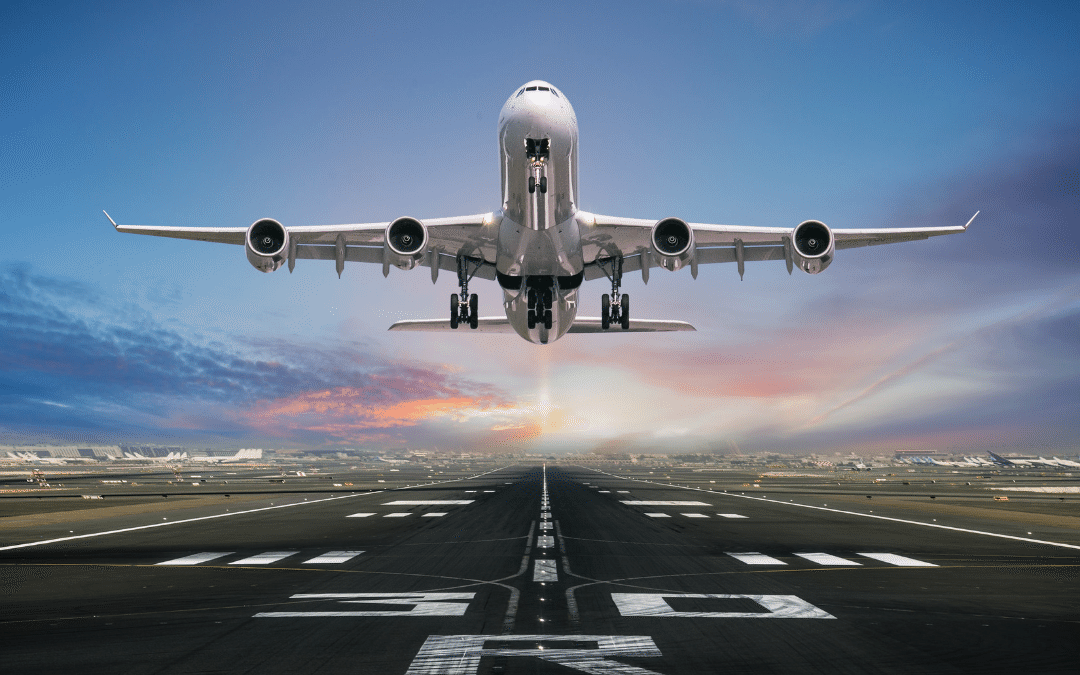Last month I spent a lot of time on airplanes.
First, I flew from Raleigh to Detroit.
Next, I flew from Detroit to Amsterdam
Then from Amsterdam to Dublin.
Then from Dublin to London.
London to Amsterdam.
Amsterdam to Atlanta
The final leg of the trip Atlanta to Raleigh.
A lot of miles in the air. I’ll have to look at how many frequent flier miles I racked up.
Probably not enough to be worth anything yet but hey, a boy can dream.
Every flight begins with a plane departing the airport terminal and taxiing towards the runway.
Engines go to full thrust. The plane launches into the air.
What would happen if the runway ended before the plane gathered enough speed to take flight?
On August 27, 2006, Comair Flight 5191 started down the runway around 6:07 EDT at the Blue Grass Airport in Fayette County, Kentucky.
Comair Flight 5191 was assigned to use runway 22 for the takeoff.
However, it made the fatal mistake of using runway 26.
Runway 22 is 7,003 feet long.
Runway 26 is 3,503 feet long.
Fifty people boarded the airplane that morning.
Moments after the plane throttled its engines, 49 people perished as the plane crashed.
Choosing the right runway is a matter of life and death for the pilot, crew, and passengers of an airplane.
I want you to remember one thing from today’s message.
Cash Is King.
If you don’t have Cash in the Bank, you’re not the King (or Queen for my lady friends).
I like to compare money in the bank to a runway at an airport. More money in the bank = a longer runway. I want to have a long enough runway so that my business airplane can takeoff.
If my runway is too short, I run into problems.
I further translate the money runway into months of cash.
Ask yourself: How much money does my business spend in a month?
If my business spends $10,000 a month then in order for me to have a one month runway, I need $10,000 in cash.
3 months = $30,000
6 months = $60,000
12 months = $120,000
Consider this:
If you have one month of cash, you won’t be living paycheck to paycheck.
If you have three months of cash, you won’t have to worry about any annual seasonality you have in your business.
If you have six months of cash, you’ll be able to weather an economic downturn.
If you have twelve months of cash, you’ll survive a recession.
I can’t describe the relief I have in my life because I have a long enough cash runway.
Let’s look at a company that I think is moderately successful.
Apple, Inc generated $265 billion in sales for the year ended 09-29-18.
On 09-29-18, it had $25 billion in cash or roughly 9% of revenues.
Apple Inc had $40 billion in marketable securities. Marketable securities are almost as good as cash.
Operating expense for the year ended 09-29-18 was $30 billion.
Apple Inc has almost one months worth of cash on hand. If you add the marketable securities to the cash they have two months of cash and marketable securities.
Apple Inc is a publicly traded company. If cash starts to get tight, they can raise more company by issuing corporate debt, or they can issue more stock.
Apple Inc has some distinct advantages that most small companies do not have.
The first cash goal every company should is to have a minimum of one month of operating cash.
I’ve talked with many business owners who say, “I don’t like seeing cash in my bank account because I know I can get a better return on my business by spending it on marketing.
I get it. Increasing return on investment is important.
However, cash in the bank is about stability.
First, a business must have stability.


Recent Comments